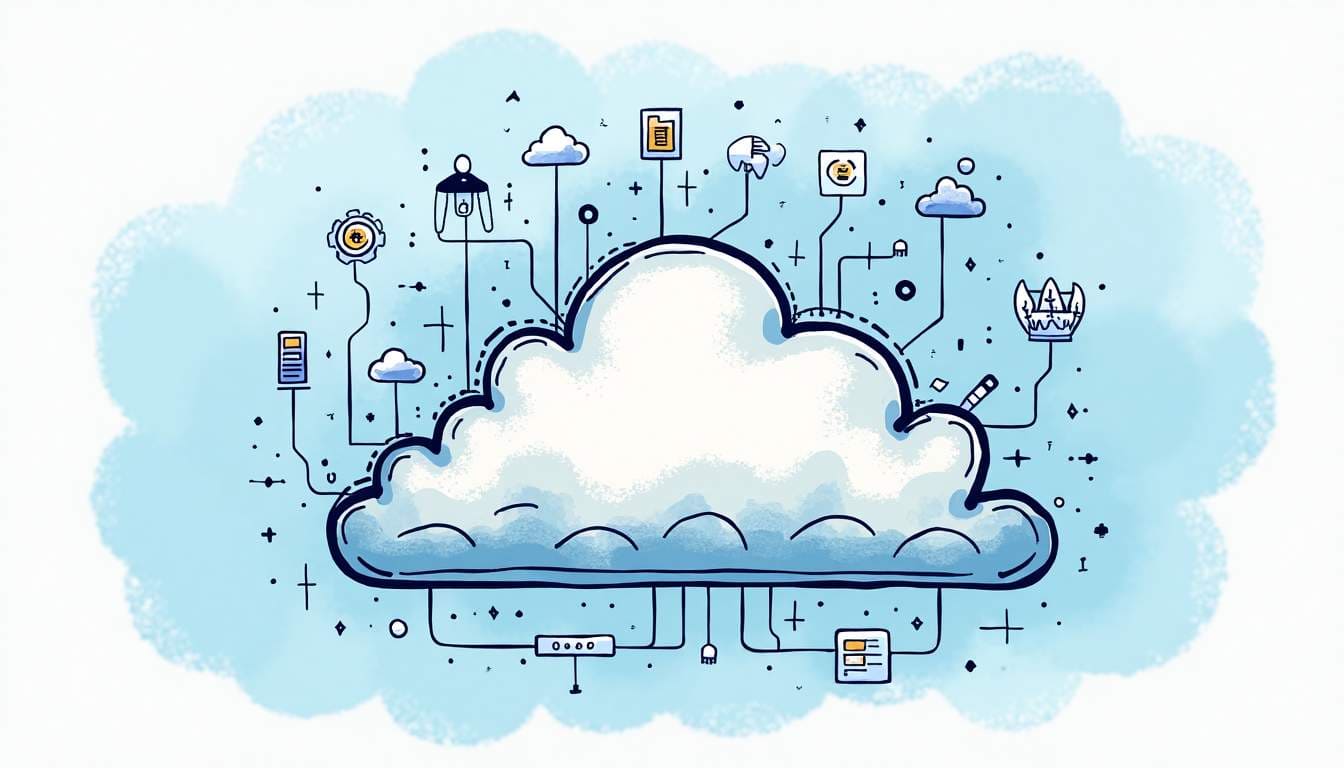Public cloud has become a common term in the world of technology and business. But what does it really mean? In this article, we will explore the different facets of the public cloud, its advantages, disadvantages, and its impact on businesses.

Definition of Public Cloud
A public cloud is a type of cloud computing service that is accessible to the general public. Unlike private clouds, which are reserved for a single organization, public clouds are managed by third-party providers who offer computing resources via the Internet. These resources can include servers, storage, applications, and other services.
Users can access these services by paying a subscription or based on their usage, making the public cloud a flexible and cost-effective option for many businesses.
How Public Cloud Works
The public cloud operates on a shared infrastructure, meaning that multiple users can access the same physical resources. This allows providers to maximize the use of their servers and reduce costs. Data and applications are hosted in data centers located around the world, offering high availability and redundancy.
Users can easily deploy applications, store data, and access development tools without having to invest in expensive physical infrastructure. This also facilitates secure file sharing among teams, as users can access the same resources from anywhere in the world.
Additionally, the public cloud is often associated with advanced technologies such as artificial intelligence and data analytics. These technologies enable businesses to leverage the vast amount of data they generate, turning it into actionable insights. For example, businesses can use cloud-based analytics tools to identify consumption trends, optimize their operations, and improve the customer experience.
Moreover, security in the public cloud is a major concern for many businesses. While cloud providers invest heavily in security measures, it is essential for users to understand cloud computing and the implications of managing their data in a shared environment. This includes implementing best practices such as data encryption and access management to protect sensitive information from potential threats.
Advantages and Disadvantages of Public Cloud
| Advantages | Disadvantages |
|---|---|
| Reduced costs : no need to invest in physical hardware; pay-as-you-go model suitable for small structures. | Data security : data hosted on shared servers poses a risk of unauthorized access. |
| Scalability : quick adaptation of resources according to demand without additional hardware investment. | Limited control: providers manage the infrastructure, which can limit customization or direct management. |
| Accessibility : access from anywhere, promotes telecommuting and collaboration with good mobile compatibility. | Compliance issues : managing sensitive data can be complicated if the provider does not comply with local standards. |
Major Public Cloud Providers
There are several public cloud providers on the market, each offering unique services and features. Here are some of the main players:
Amazon Web Services (AWS)
AWS is one of the largest and most popular public cloud providers. It offers a wide range of services, from storage and hosting to artificial intelligence and data analytics. AWS is known for its reliability and scalability, making it a preferred choice for many businesses.
Additionally, AWS offers advanced security tools to help businesses protect their data and comply with compliance standards.
Microsoft Azure
Microsoft Azure is another widely used public cloud platform, offering tight integration with Microsoft products. Azure provides various services, including hosting solutions, data analytics, and artificial intelligence. Businesses already using Microsoft products may find Azure particularly advantageous due to its compatibility.
The platform also stands out for its security and compliance capabilities, making it a solid choice for businesses concerned about protecting their data.
Google Cloud Platform (GCP)
Google Cloud Platform is another major player in the public cloud domain. GCP is particularly appreciated for its data analytics and artificial intelligence services. Businesses looking to leverage machine learning and advanced analytics capabilities will find GCP very attractive.
Additionally, Google Cloud focuses on sustainability and energy efficiency, which can be a decisive factor for businesses concerned about their environmental impact.
How to Choose a Public Cloud?
Choosing the right public cloud provider can be a complex process, but several factors can help make an informed decision. Here are some elements to consider:
Assessing Needs
Before choosing a public cloud provider, it is essential to assess the specific needs of the business. This includes the size of the business, the type of data to be stored, and compliance requirements. A thorough assessment will determine what a private cloud or public cloud brings as a response to these needs.
Comparing Providers
It is also important to compare different public cloud providers in terms of services offered, pricing, security, and technical support. Businesses should examine customer reviews and case studies to better understand the strengths and weaknesses of each provider.
This comparison will help identify the provider that best matches the business's goals and requirements.
Migration Planning
Once a public cloud provider has been chosen, it is crucial to plan the migration of data and applications to the cloud. This may involve steps such as evaluating the data to be migrated, training employees, and implementing appropriate security measures.
A well-planned migration will minimize disruptions and ensure a smooth transition to the public cloud.
Conclusion
The public cloud is an increasingly popular solution for businesses looking to optimize their operations and reduce costs. While it offers undeniable advantages, it is important to weigh the disadvantages and choose the right provider based on the specific needs of the business.
Ultimately, the public cloud can offer unmatched flexibility, scalability, and accessibility, but it is essential to remain vigilant about security and compliance. By making informed decisions, businesses can make the most of the benefits of the public cloud while minimizing risks.

 Tiếng Việt
Tiếng Việt
